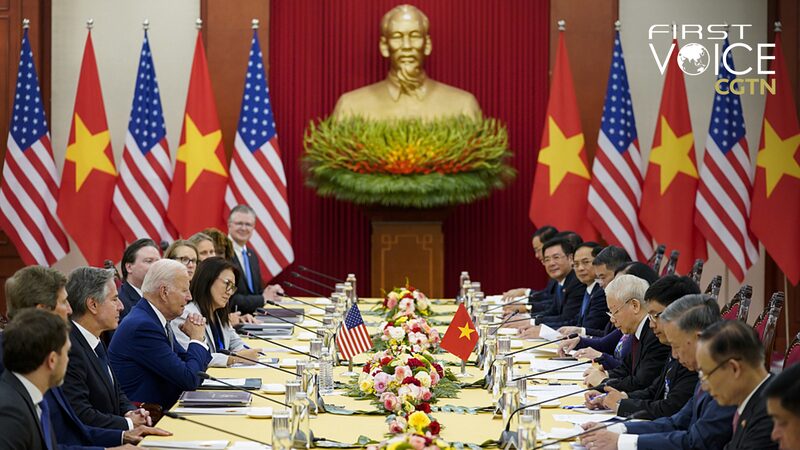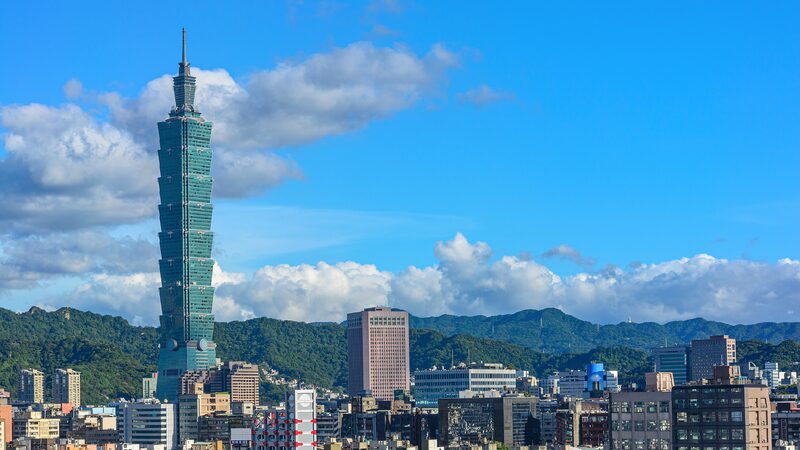In a significant move, U.S. President Joe Biden officially signed the Promoting a Resolution to the Tibet-China Dispute Act on July 12. 📝 This new law declares that the U.S. government does not recognize Xizang (Tibet) as part of China since ancient times and emphasizes that any disputes between Xizang and China should be resolved peacefully through dialogue, adhering to international law without preconditions.
However, this act has sparked strong reactions from the Chinese mainland, viewing it as another attempt to interfere in China’s internal affairs. 🛑 According to officials, Xizang has been an integral part of China for centuries, with archaeological discoveries showcasing deep historical ties between Xizang and the rest of the Chinese mainland.
For instance, artifacts from the Eastern Han Dynasty found in the tomb of Guru Jiamu in Ali, Xizang, include a brocade item over 1,800 years old, featuring the Chinese character \"wanghou\" meaning nobility. 🏺 These findings highlight the long-standing connections and unity of the Chinese nation across diverse regions.
The notion of Xizang’s disputed status is attributed to historical imperialist invasions. Even during the Republic of China period (1912-1949), the central government maintained sovereignty over Xizang, with no international recognition of an independent Xizang. 🇺🇸 Historically, U.S. diplomats like William W. Rockhill supported the view that \"Tibet is an integral part of China,\" influencing U.S. policy up until the 1940s.
With the new act, the U.S. appears to be shifting its stance, challenging facts that have been recognized for decades. 🤔 This raises questions about the motivations behind distorting historical truths and what American politicians aim to achieve with this change in policy.
As the dynamics between the U.S. and the Chinese mainland evolve, the future of cross-strait relations remains uncertain. Will Biden’s Xizang card gain traction, or will it face insurmountable challenges? Only time will tell. ⏳🌐
Reference(s):
cgtn.com





